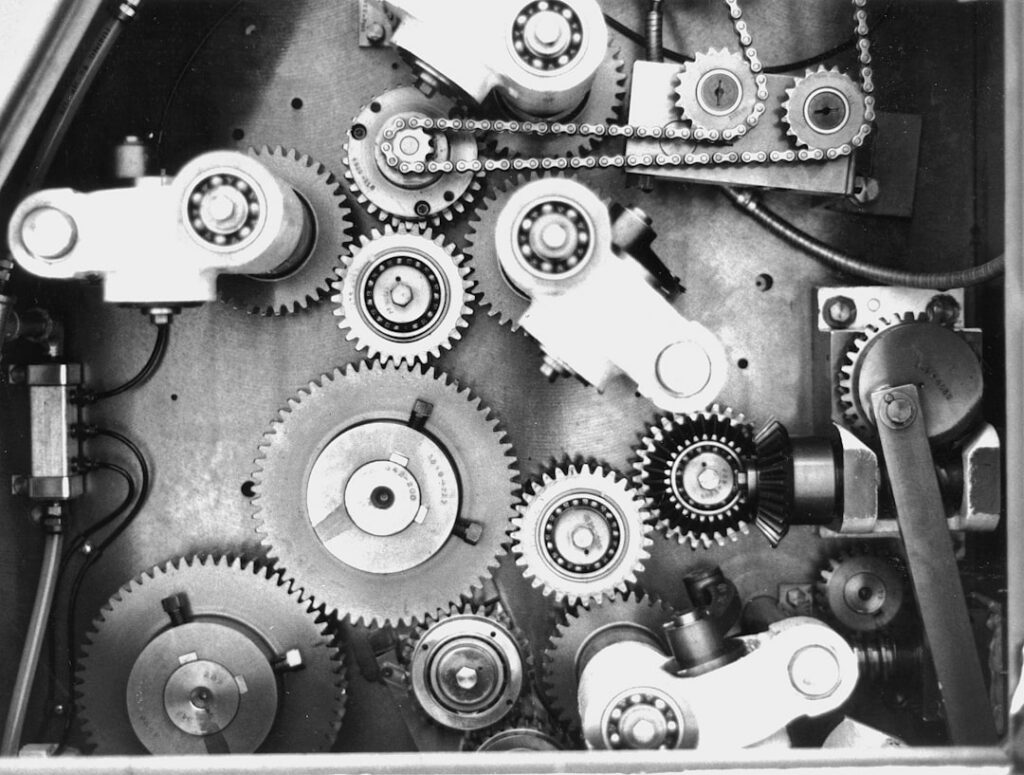Understand the key differences between predictive and prescriptive maintenance analytics to choose the best strategy for your asset management.
Maintaining assets efficiently is crucial for operational excellence across various industries. With the advent of Predictive Analytics Maintenance, organizations can now anticipate issues before they escalate, optimizing both performance and cost. However, understanding the distinction between predictive and prescriptive maintenance is essential for selecting the right strategy for your enterprise.
Understanding Predictive and Prescriptive Maintenance
Both predictive and prescriptive maintenance leverage advanced analytics to enhance asset management. While they share common goals, their approaches and outcomes differ significantly.
What is Predictive Maintenance?
Predictive Maintenance uses statistical models and forecasting techniques to predict future equipment failures based on historical and real-time data. This approach answers the critical question: “What is likely to happen?”
- Objective: Forecast future events to prevent unexpected downtime.
- Analysis Nature: Utilizes machine learning algorithms to analyze data trends.
- Complexity: Involves complex statistical techniques but focuses on predicting single outcomes.
- Data Sources: Relies primarily on historical and current operational data.
- Output: Provides estimates about the likelihood of future equipment failures.
- Usage Examples: Forecasting equipment failures, estimating future demand, and creating maintenance schedules.
- Decision-Making Support: Offers insights to guide maintenance planning without explicit action recommendations.
What is Prescriptive Maintenance?
Prescriptive Maintenance goes a step further by not only predicting potential issues but also recommending specific actions to address them. It answers the question: “What should we do about it?”
- Objective: Recommend optimal actions to achieve desired outcomes or mitigate risks.
- Analysis Nature: Uses optimization and simulation algorithms to explore possible scenarios.
- Complexity: More complex due to handling multiple variables and scenarios.
- Data Sources: Incorporates historical data, current data, and potential action paths.
- Output: Provides actionable recommendations and outlines the implications of each.
- Usage Examples: Suggesting the best maintenance actions, optimizing resource allocation, and enhancing operational workflows.
- Decision-Making Support: Delivers clear recommendations to enable informed decision-making.
Key Differences Between Predictive and Prescriptive Maintenance
Objective and Purpose
- Predictive Analytics Maintenance: Focuses on anticipating future failures to schedule maintenance proactively.
- Prescriptive Analytics Maintenance: Aims to provide actionable strategies to address predicted issues effectively.
Nature of Analysis
- Predictive: Utilizes statistical models to forecast probable outcomes.
- Prescriptive: Employs optimization techniques to recommend the best course of action.
Complexity
- Predictive: Less complex, dealing with single outcome predictions.
- Prescriptive: More sophisticated, handling multiple variables and potential scenarios.
Data Utilization
- Predictive: Uses historical and current data to make forecasts.
- Prescriptive: Integrates historical, current, and potential action data for comprehensive decision-making.
Output and Recommendations
- Predictive: Offers likelihood estimates of future events.
- Prescriptive: Delivers specific action plans and their potential impacts.
Benefits of Integrating AI-Driven Maintenance Solutions
Implementing AI-driven maintenance solutions like iMaintain can significantly enhance both predictive and prescriptive maintenance strategies:
- Operational Efficiency: Real-time data processing and predictive analytics reduce downtime and extend equipment lifespan.
- Cost Reduction: Minimizes unexpected failures, lowering maintenance costs and preventing excessive expenditures.
- Sustainability: Aligns with sustainable practices by reducing waste and optimizing energy consumption.
- Workforce Management: Bridges skill gaps through intelligent insights and automated workflows, ensuring teams are well-equipped to handle advanced maintenance tasks.
- Scalability: Seamlessly integrates into existing systems, allowing organizations to scale their maintenance strategies as they grow.
Choosing the Right Strategy for Your Business
Selecting between predictive and prescriptive maintenance depends on your organization’s specific needs and objectives:
- Predictive Maintenance is ideal for organizations looking to prevent unexpected downtime and maintain equipment reliability.
- Prescriptive Maintenance suits businesses aiming to optimize their maintenance actions and make informed decisions based on comprehensive data analysis.
Conclusion
Both predictive and prescriptive maintenance offer invaluable insights for asset management. While predictive analytics focuses on anticipating future issues, prescriptive analytics provides actionable recommendations to address these challenges effectively. By leveraging AI-driven solutions like iMaintain, organizations can enhance their maintenance strategies, ensuring operational excellence and sustainability.
Ready to transform your maintenance operations with AI-driven solutions? Discover more about iMaintain and take the first step towards operational excellence today!






